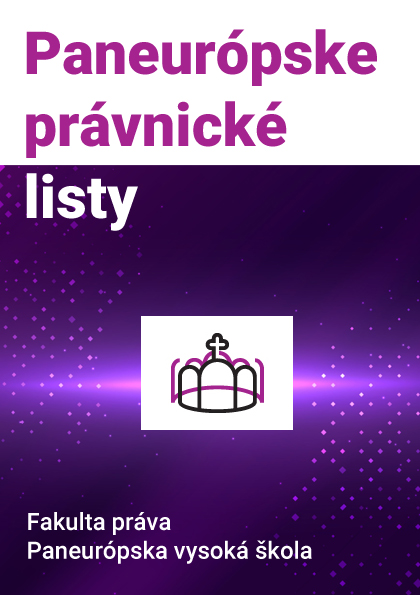Abstract
Austria’s policy on family reunification for third-country nationals serves as a cornerstone in its immigration framework, facilitating the reunion of families separated by migration. This article delves into the significance, intricacies, and evolving dynamics surrounding family reunification within Austria’s immigration system, shedding light on both liberalizing and restrictive trends. Austria’s political landscape mirrors these dual tendencies, exemplified by expedited work permits alongside heightened criteria such as minimum marriage age and language proficiency requirements. The article also explores the emerging discourse on „desirable“ versus „undesirable“ migration, outlining distinctions between family reunification under the Act on Settlement and Residence (NAG) and the Asylum Act (AsylG). The author highlights problematic aspects of Austria’s policy regarding third-country national reunification, notably quota allocations and the three-year waiting period post-supplementary protection grant, particularly concerning unaccompanied minors. Despite Constitutional Court rulings, concerns persist regarding the legality and humanitarian implications of these measures, especially in light of the continued significance of family reunification amidst high rates of asylum applications. The text advocates for further scrutiny of these contentious policies and exploration of potential reforms.
